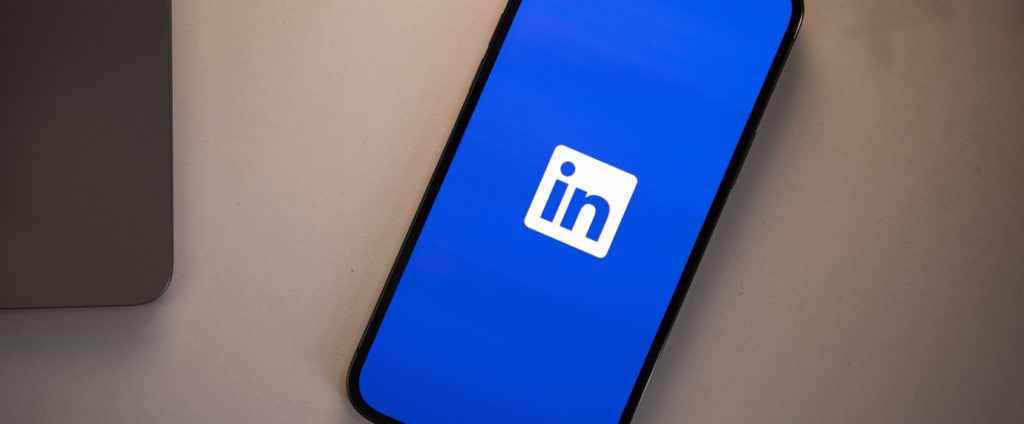One of the most effective social media channels for businesses to engage with potential clients and develop their brand is – LinkedIn.
With more than 900 million users worldwide, LinkedIn provides small businesses with an unrivaled opportunity to position themselves as thought leaders in their sector, develop a network of connections, create leads, and manage LinkedIn connections in a way that takes full advantage of LinkedIn offers in growing small businesses.
This article will go through how to create a successful LinkedIn marketing plan for small businesses.
Define Your Target Audience
The first step in building a LinkedIn marketing strategy for your small business is to define your target audience.
This entails determining the characteristics, preferences, and conduct of your ideal client. By understanding your target audience, you can create content that speaks directly to their needs and interests.
LinkedIn offers a wealth of tools for businesses to define and target their audience. You can use LinkedIn’s built-in analytics to see who is interacting with your content, as well as LinkedIn’s advertising platform to target specific demographics, job titles, and industries.
Optimize Your Company Page
Your company page on LinkedIn is the foundation of your marketing strategy. It’s the first thing people will see when they search for your business on LinkedIn, so it’s essential to make a great first impression.
Start by ensuring that your company page is complete and up-to-date. This means adding your company logo, cover image, and a brief description of your business. Make sure your page is easy to navigate and that all of your information is accurate.
Next, focus on creating content that is engaging and informative. This could include blog posts, articles, videos, or infographics. Use keywords and hashtags that are relevant to your industry to make it easier for people to find your content.
Create a Content Strategy
To be successful on LinkedIn, you need to have a consistent and engaging content strategy. This means creating content that is valuable, informative, and relevant to your target audience.
There are several types of content that work well on LinkedIn, including:
- Blog posts and articles
- Infographics
- Videos
- Whitepapers and case studies
- Podcasts
When creating content, it’s essential to keep your target audience in mind. What are their pain points, and how can your content help solve them? How can you position your business as a thought leader in your industry?
Engage with Your Network
LinkedIn is a social network, which means that engagement is crucial. You need to actively engage with your network to build relationships and establish yourself as a trusted authority in your industry.
Start by responding to comments on your posts and participating in group discussions. Share content from other thought leaders in your industry, and tag them in your posts to increase your visibility.
You can also use LinkedIn’s messaging feature to reach out to potential customers and partners. Personalized messages can be an effective way to build relationships and generate leads.
Export Connections

The contacts you establish on LinkedIn could increase website traffic and broaden your customer base.
An excellent place to start exploiting this neat feature of connecting via LinkedIn is by exporting LinkedIn contacts connections to a contact management system.
There is plenty of quite useful software out there that offers some handy and advanced functions that top those provided by LinkedIn itself.
Keep an Eye on Your Competition
In practically any form of business activity, this is a significant stage. After all, you’ll need to be aware of what your competition is doing and what makes them so successful if you want your small business to compete with other well-known brands in your industry.
Try to identify 5 to 10 rival firms on a small, medium, and large scale. Next, spend some time looking through their LinkedIn profiles.
Pay attention to their posting style, the subjects that matter to them, and the demographics of their audience.
Naturally, you don’t want to just duplicate what your rivals are doing on LinkedIn, but it is a good idea to learn about their tactics in order to get ideas for your own.
Monitor Your Analytics

Finally, it’s essential to monitor your analytics to see how your LinkedIn marketing strategy is performing. LinkedIn offers a wealth of analytics tools that can help you track your engagement, follower growth, and content performance.
By regularly monitoring your analytics, you can make data-driven decisions about your content strategy and adjust your approach as needed.
Conclusion
Now that you’ve understood the insider tips for implementing a LinkedIn marketing strategy, you’re prepared to make do. To expand your marketing plan to more social networking sites, you should first evaluate your current digital marketing strategy.
So far, LinkedIn is continuously developing as a useful tool and platform for marketers, job hunters, candidate seekers, and business owners. It keeps offering many new features and updates on the way.
Try to apply these LinkedIn marketing techniques and make your small business grow and flourish.




































